Interview with Kristina Heinonen

Kristina you are the Director of the Centre for Relationship Marketing and Service Management at Hanken School of Economics, can you talk us about the goals and achievements of this Centre?
CERS is globally among the first service research centres and its main goal is to bridge academic research with practical collaboration with businesses. I am proud to say that we have done extremely well in creating conceptual and managerially relevant research since the early 1990s when the centre was established. Today the centre represents a large hub of service researchers, with very close relationships to researchers across all continents. I am most proud that we continue to have impact on the research field, while doing interesting research projects together with our business partners. Our community consists of approximately 60 senior and junior level researchers. With an output of more than 70 doctoral theses since the start of the centre I am quite confident that we are among the largest centres in the field. We are known for our research in the areas service management and relationship marketing, with recent publications focusing on service logic, customer-dominant logic, service innovation, customer experience, value creation, social media, relationship dynamics, among others.
From your view, which are the main principles that define the Nordic School of Marketing? What are the more relevant contributions of the Nordic School to the research community and to business practice?
I would say that the main principle of the Nordic School of Thought is thinking outside the box. The idea is that there is not one single way to do research but rather to find the method that explains best the phenomena in marketing, service management, and business in general. The research is often based on conceptual thinking but more importantly is being open to different theories, frameworks, models and concepts. Quantitative research methodology is also welcome, focused on exploratory studies. The Nordic school research strategy differs from other research approaches in its openness to new avenues of discovery. Due to this strategy, many of the publications that have emerged from CERS is well-cited and used frequently by researchers worldwide. At the 20th anniversary of our centre we compiled a book with contributions from many of the Nordic School researchers. This edited book is a unique representation of the best of the Nordic School research (http://hdl.handle.net/10138/156531)
Kristina, can you please tell us about your main areas of research?
I am very much a Nordic School researcher. I have always been curious about what we don’t know. For example, we know quite a lot about service delivery processes and customers’ satisfaction, quality perceptions, and loyalty. More and more research is emerging about how value is co-created together with the organization and the customer. But what we don’t know enough is what happens in the customer’s own domain, after purchase, outside the interaction and line of visibility to the organization. This is how the idea of the customer-dominant logic emerged in 2009. I am interested in understanding the role of customers in diverse business contexts, with particular enthusiasm about how technology transforms the business reality. Currently I am involved in several, rather different research projects, including service innovation, service marketing in emerging countries, customer value formation, user-generated content, and customer experience.
Your article “A customer-dominant logic of service” published in the Journal of Service Management (2010) has been cited many times. What would you like to highlight from that paper?
I am very happy about how this paper and the subsequent papers have been received in the academic community. It also resonates very well to the business audience, since most organisations still struggle with (in)adequate understanding of the customer. One important issue from my work on customer-dominant logic (CDL) is that it is very difficult to really take the customer’s perspective. The provider perspective is so prevailing in the academic literature, and even more so in business practice. A customer-dominant perspective is very different from customer orientation, that inherently is focused on adapting service design, development, and marketing strategy to fit customers’ needs. A customer-dominant perspective is first and foremost about understanding what customers are doing, thinking, experiencing, and talking about in their own life. Then, and only then after knowing these issues, the next issue would be to reflect on how these customer activities, experiences and practices link to a specific company and its processes, brand, and product/service. Another issue I can mention here is that even though we use the term ‘customer’ we mean a broad set of different “customers’: consumers, business customers, citizens, patients, employees as internal customers etc. Also, CDL applies on different levels of aggregation, and also provides a lens to understand service ecosystems.
What message do you have for young researchers on marketing?
As a young researcher, who needs to be productive and output-driven, it is easiest to follow the recommendations, expectations and visions of career development in academia (both at your own academic institution and the specific research field). I would still urge you to think strategically about what you are interested in and to find your own passion. Make your own path, even though it may be more difficult than taking a more conventional route. It may be a question about breaking free from assumptions in the field and finding new linkages between theories and business practice. This is the best way to be competitive in the long run.
You have participated CBIM arranged in Stockholm in 2017 and online in 2021, can you tell us about your experience?
My perception is that the conference has been very well organized with a nice programme. I especially want to note the lively discussions on the sessions, that provide relevant ideas to consider for developing the research but are also an excellent platform to connect with researchers. It was easy to accept the invitation to be part of the conference scientific committee.
